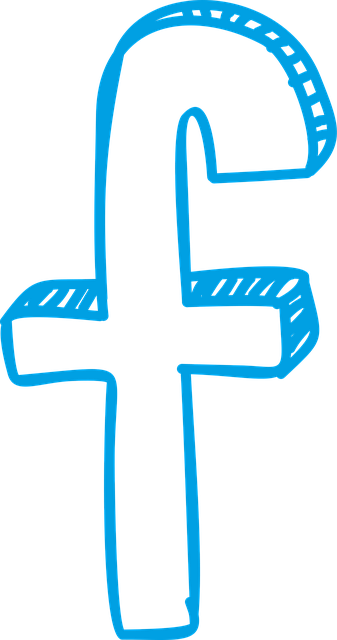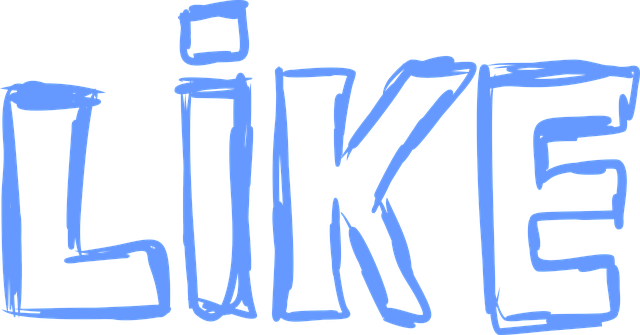
Setting clear learning objectives with defined, measurable outcomes is crucial for education success. Visual aids and strategic decomposition enhance understanding and foster digital literacy skills. Breaking complex tasks into manageable chunks improves learning in diverse subjects, from science to art. Measuring progress through formative assessments and specific criteria ensures tangible achievements and motivates students.
Writing effective learning objectives is crucial for engaging students and measuring educational outcomes. In this article, we’ll explore four key strategies: defining clear goals, breaking down complex tasks, aligning objectives with outcomes, and measuring progress. By implementing these tactics, educators can create a structured learning path that fosters deep understanding and promotes student success (fb). Each section provides actionable insights to ensure every lesson is designed for maximum impact.
- Define Clear Goals for Learning
- Break Down Complex Tasks
- Align Objectives with Outcomes
- Measure Progress and Success
Define Clear Goals for Learning

Setting clear and achievable goals is the foundation of effective learning. When crafting learning objectives, it’s crucial to define specific outcomes that learners are expected to attain. These goals should be measurable, relevant, and time-bound. For instance, instead of stating “Students will learn about data analysis,” a better objective would be “By the end of this module, students will be able to interpret basic statistical data using appropriate data analysis methods.” This clarity allows learners to understand exactly what is expected of them and provides educators with a clear measure of success.
Visual learning aids and logic fallacies identification techniques can further enhance these objectives. Incorporating visual elements like diagrams or infographics can make abstract concepts more tangible, making it easier for students to grasp and remember information. Similarly, teaching students to recognize common logic fallacies empowers them to critically evaluate arguments and think more logically. By integrating these strategies alongside well-defined learning goals, educators create a robust framework that promotes deeper understanding and fosters digital literacy skills. Visit us at the Statistical Interpretation Guide anytime for more insights on effective learning techniques.
Break Down Complex Tasks

Breaking down complex tasks into manageable chunks is a crucial step in writing effective learning objectives. When faced with intricate subjects or skills, it’s easy to feel overwhelmed. This is where strategic decomposition comes into play. By dissecting a topic or assignment into smaller, more digestible parts, learners and educators can focus on specific aspects, making the overall process less daunting. For instance, if you’re planning a high school biology review, instead of aiming for a comprehensive cover of all topics, break it down by chapters or key concepts, ensuring each learning objective addresses a distinct yet essential element.
This approach not only enhances understanding but also caters to diverse learning styles and abilities, including those with learning disabilities 101. Just as an artist might create a vibrant tapestry from individual threads, educators can craft clear learning paths by breaking down complex tasks. This strategy also encourages regular assessment, allowing for prompt feedback and adjustments, which is vital for online research effectiveness. Moreover, when learners accomplish smaller, defined goals, it fosters a sense of achievement, motivating them to tackle the bigger picture—a concept that aligns with academic integrity resources. Even exploring seemingly unrelated subjects like modern art movements explained can benefit from this method; dissecting philosophical debate topics into manageable segments facilitates a deeper understanding and appreciation of diverse creative expressions.
Align Objectives with Outcomes

When crafting learning objectives, aligning them with desired outcomes is paramount for effective education. This ensures that each objective contributes directly to achieving specific goals, creating a seamless bridge between what students learn and what they are expected to accomplish. For instance, in an elementary science class focusing on basic concepts, objectives could include “students will identify the stages of water cycle” or “conduct simple experiments to observe changes in materials.” These align perfectly with outcomes aiming to foster scientific inquiry and experimental skills.
For more complex subjects like high school biology, objectives should reflect a deeper understanding and application of knowledge. A learning goal such as “explain cellular respiration processes and their significance” prepares students for rigorous reviews and tests. Even extracurricular activities, like cultural immersion programs, can have objective-driven outcomes. For instance, participating in these programs could aim to enhance cross-cultural communication skills, thereby fostering a deeper understanding of diverse perspectives—an objective that contributes to overall personal growth. Visit us at dyslexia support strategies anytime for more tailored approaches to aligning objectives with diverse learning needs.
Measure Progress and Success

Measuring progress and success is an integral part of creating effective learning objectives. By setting clear goals, educators can assess student understanding and identify areas for improvement. One powerful method to track advancement is by utilizing formative assessments, which offer valuable insights into knowledge retention and skill development. These assessments, often conducted regularly throughout a lesson or unit, allow instructors to adapt their teaching strategies accordingly. For instance, in a high school biology review, teachers can gauge students’ comprehension of complex topics through quizzes or hands-on experiments.
Additionally, linking learning objectives to measurable outcomes ensures that success is well-defined. This involves translating abstract concepts into tangible criteria. For example, when simplifying algebraic expressions, a learning objective might state: “Students will be able to identify and apply basic simplification techniques with 80% accuracy.” Such a goal provides a clear fb for both teachers and students to evaluate progress. Moreover, celebrating achievements and acknowledging milestones can boost student motivation and encourage continuous growth, especially when combined with engaging educational activities like cultural immersion. Give us a call at cultural immersion activities to learn more about how we foster effective learning experiences.
Writing effective learning objectives is a crucial step in fostering engaging and successful educational experiences. By defining clear goals, breaking down complex tasks into manageable chunks, aligning objectives with desired outcomes, and implementing measurable progress tracking, educators can create a dynamic learning environment that caters to diverse student needs. These strategies not only enhance learning but also ensure that students are equipped with the skills and knowledge necessary for achieving their academic and professional aspirations.






